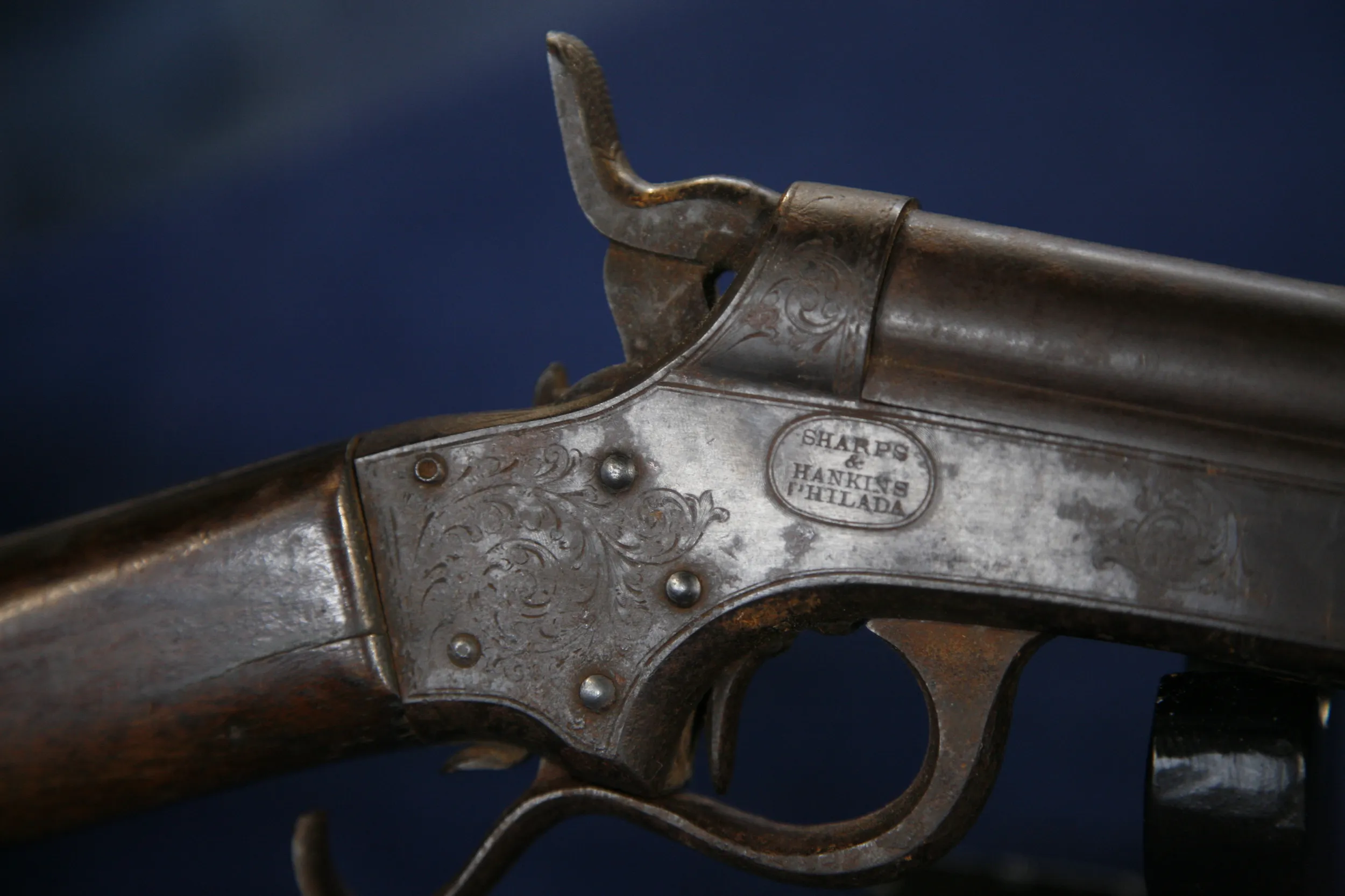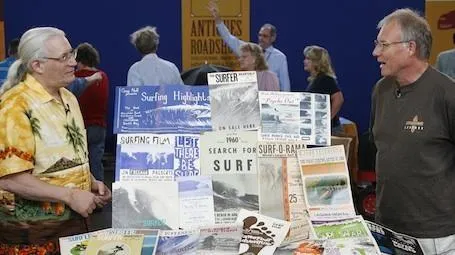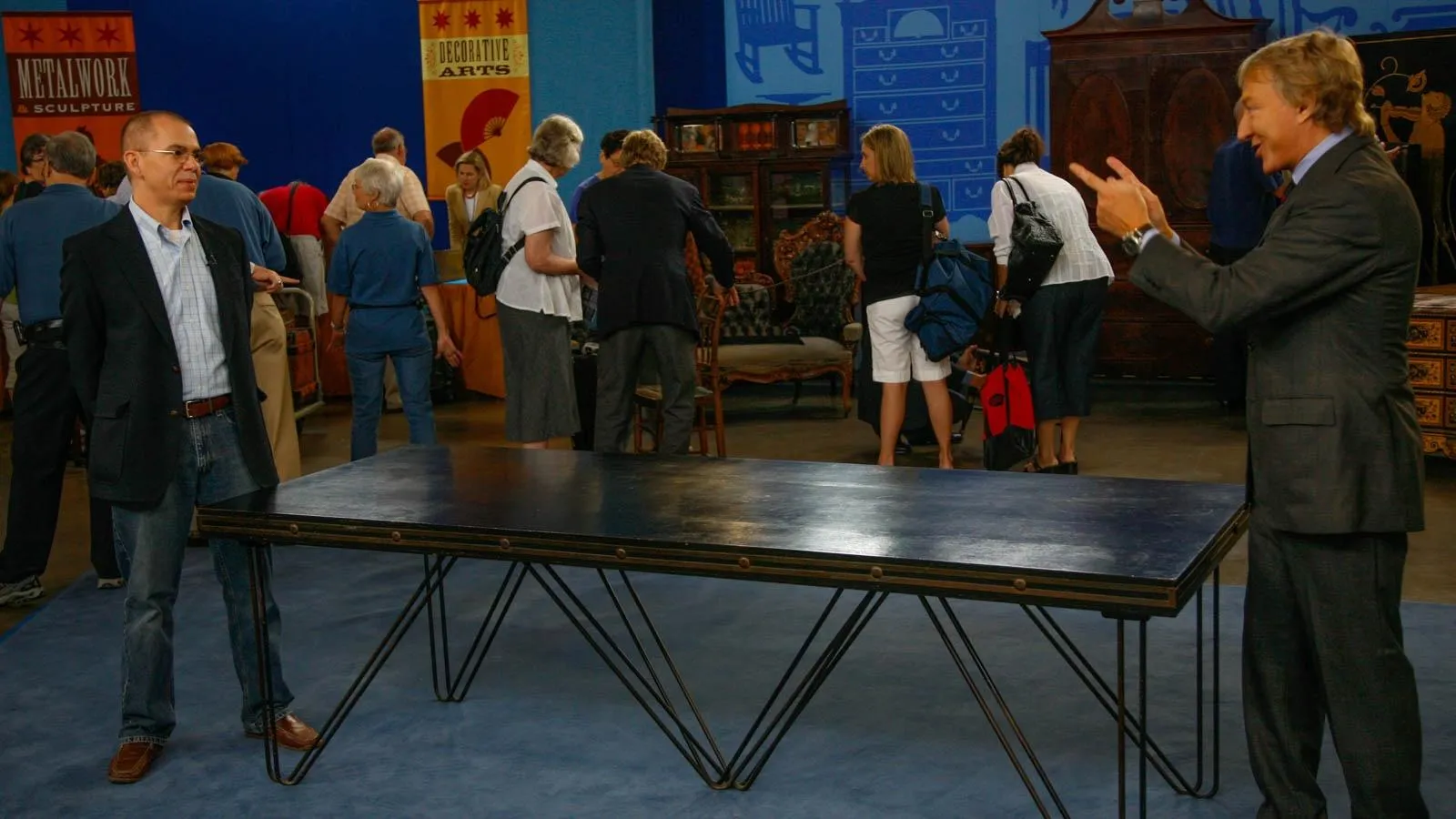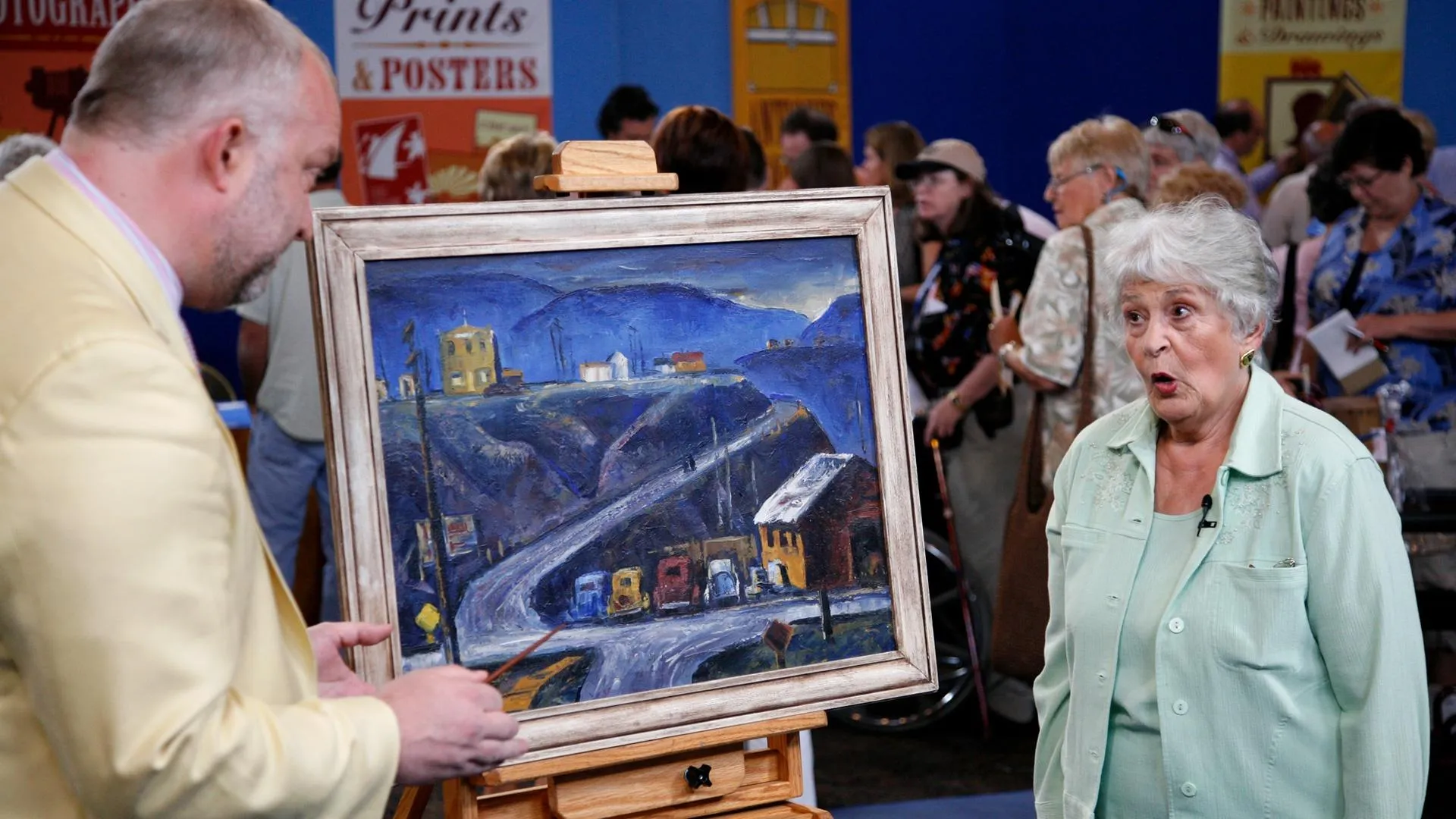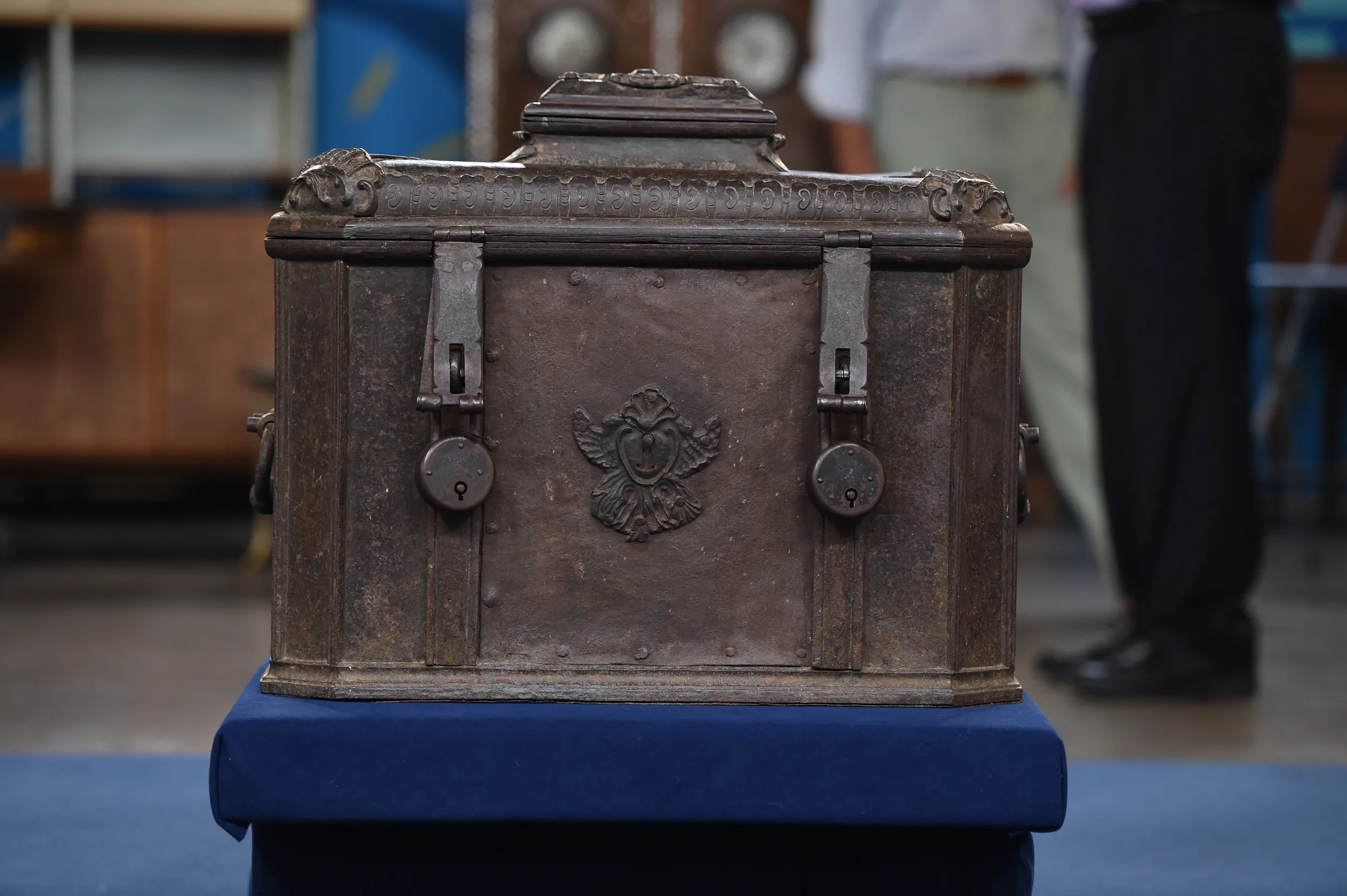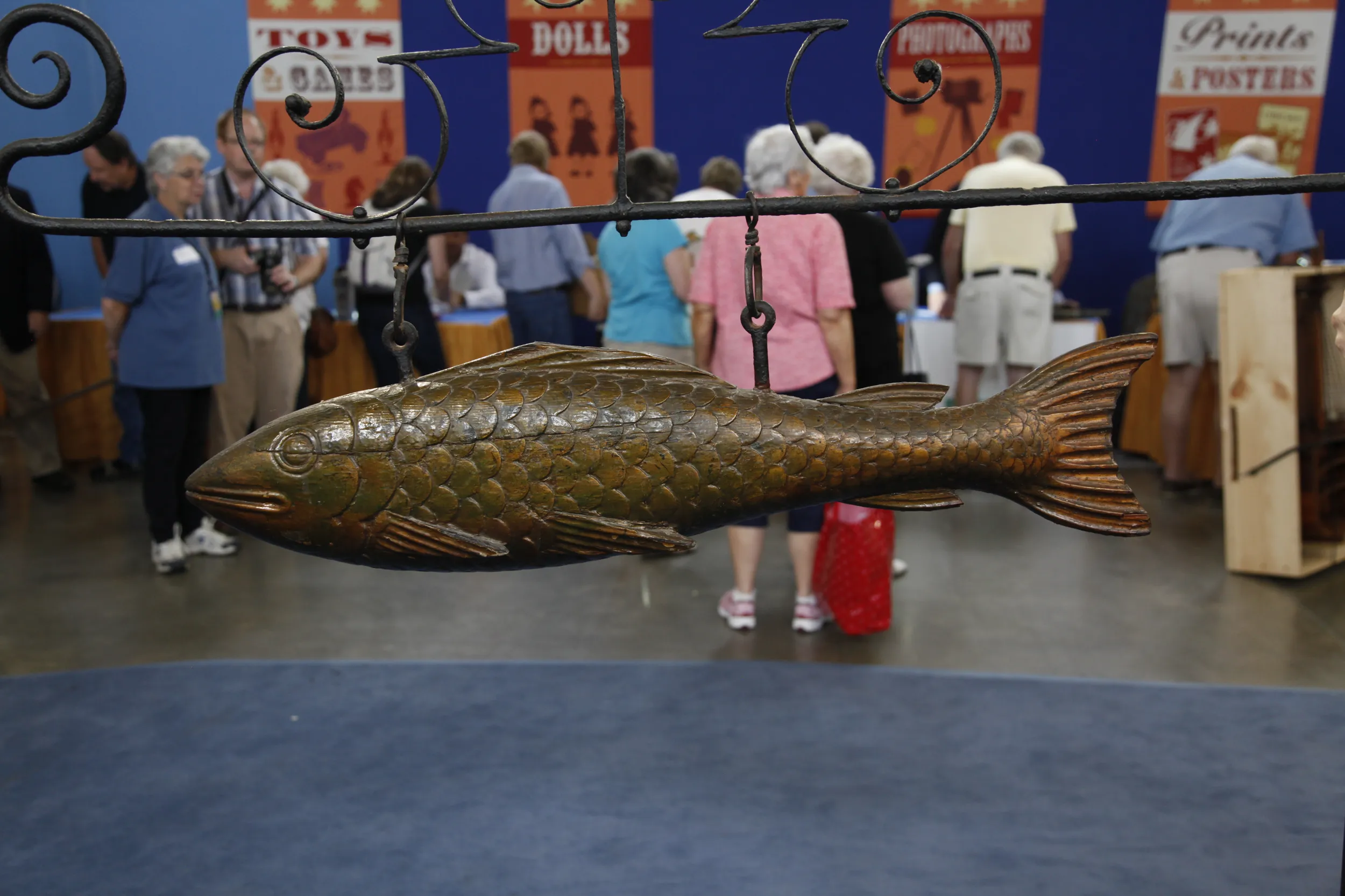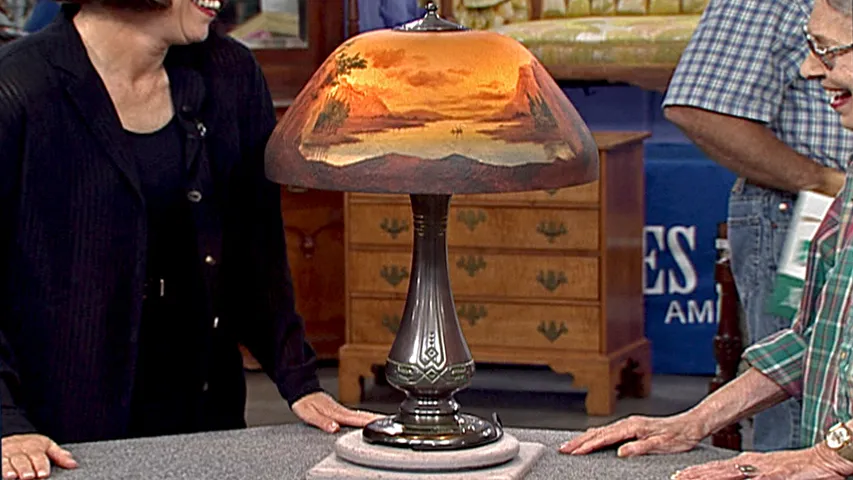GUEST: I brought a Sharps & Hankins, an old Civil War rifle. This old rifle has got a 32-and-three-quarter-inch barrel, and it's got hexagon bore, and where the serial number is located is, is a one there.
APPRAISER: Well, let's take a look at that number one, because that's one of the key points that makes this not just a Sharps & Hankins, but a significant American firearm. If we look there, we have the serial number one, and it's consistent on the other parts of the gun. This is a .52-caliber, and it's different than most every other Sharps & Hankins you'll ever encounter. In 1862, Sharps & Hankins joined together. This was one of their primary models. They made 8,000 of these guns, but this is the first one. You can only have one number one.
GUEST: That's right.
APPRAISER: And that's sittin’ on this table. We have a beautiful Sharps mark. We also have the factory engraving, which lets us know that it was a special gun. The barrel is the longer version. They realized that that barrel's too long. They cut it down for the regular productions. The navy model had a 24-inch barrel and the cavalry model had a 19-inch barrel. There were a couple of other unique features with the Sharps & Hankins. One is the way that it loaded.
GUEST: Mm-hmm.
APPRAISER: We can pick it up. The whole barrel slides forward to let you put the cartridge in. You load the cartridge and then back, a lot easier than the way a regular Sharps worked. Sharps had been around for a long time making military models, sporting models, several different models, and this was one of the things that he thought was an improvement. It was, unless you were bouncing on horseback.
GUEST: Mm-hmm.
APPRAISER: So he went basically back to the same style that he always had, with a dropdown block. This one has an iron buttplate. They went on later to do brass buttplates on the regular military models-- the navy, cavalry models. And did you ever notice the little lever on the back?
GUEST: I did, I didn't know what that was for.
APPRAISER: That's a safety. It was one of the first guns to employ a really functional safety. And the way that it worked, you cocked it back and you slid that up, and that way the hammer couldn't strike the center pin. It's a really cool design. It worked really well until that little screw came out and it gets lost, which in most of the time, it's missing. This one, it's really nice and intact. It has a couple of condition issues. It's got a thick patina all over, just from years of being enjoyed, not just sat on a shelf. How did you come by it?
GUEST: My daddy gave it to me. When we got married, he walked up and hand me that, said, "Take it to your home."
APPRAISER: So it was a wedding present. It's a wonderful gift.
GUEST: Very wonderful, I thought.
APPRAISER: You're a lucky guy to get a present like that.
GUEST: Yeah.
APPRAISER: Because of the serial number one, because it is a unique piece, I feel that the gun today would retail for about $10,000. And to me it's more historically significant than that, but that's where it would bring in today's market.
GUEST: That's pretty good, that's pretty good.

